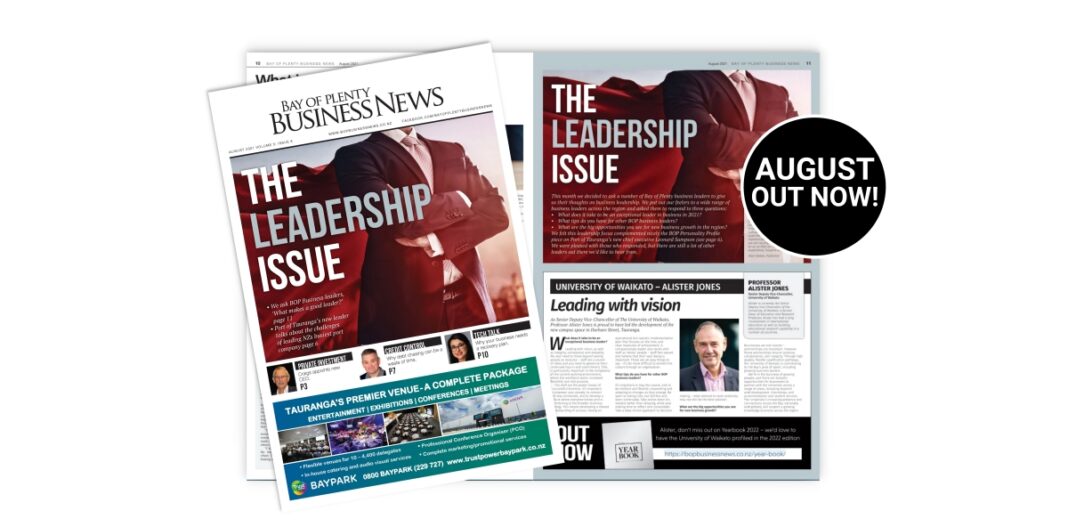Read Online
I wasn’t a 100 per cent advocate of the plan to turn over Tauranga Council control to the four government-appointed commissioners, led by former National MP Anne Tolley. And I remain sceptical they will finish their job and get out of town under their announced timetable. But somewhat to my surprise, they have so far performed efficiently and quickly during their term.
Late July saw the commissioners adopt their announced rate rises, which will see average residential rates rise by 15 per cent, and average commercial rates go up by 33 per cent for 2021-22.
That includes the cost of the new kerbside bin emptying service. The higher commercial rise is the result of the council changing the commercial differential from 1.2 to 1.6.
The overall 22 per cent average rise was set in late July by commissioners at the conclusion of deliberations over the Long-term Plan 2021-31.
“The commissioners were appointed because, under the tenure of previous mayor Tenby Powell, the council had been reduced to a squabbling group of factions who had demonstrated they were unable to agree on the way forward.”
It bears restating that the commissioners were appointed because, under the tenure of previous mayor Tenby Powell, the council had been reduced to a squabbling group of factions who had demonstrated they were unable to agree on the way forward.
Council general manager of corporate services Paul Davidson was reported as saying the rates rise was consistent with the draft that went out for public consultation.
According to the commissioners, they received public written feedback from around 1800 ratepayers.
The commissioners put forward basically two options: Under option one, the proposal was to invest $4.6 billion with an increase in rates including water charges and the new rubbish connection service, paid for by rate payers. And mostly an average commercial rate rise of $32.45 per week per commercial property.
Option two proposed investing $4.5 billion with a slightly lower increase in residential rates (excluding water rates) and a slightly higher increase in commercial property rents.
According to the commissioners, a narrow majority supported option one.
Commissioner chairwoman Tolley said that, on the whole, she felt: “comfortable that a significant number of the population were positive about the changes as long as we deliver.”
Clearly, not all ratepayers supported an increase – but then they seldom have. But it is undeniable that Tauranga has been remiss in being willing to pay for the surges it has seen in development in recent years.
The NZ Taypayers Union – the rather obscure organisation fronted by Jordan Williams, which is reluctant to reveal its funding or makeup – managed to assemble a group of some 150 protesters to complain about the proposed changes when they were adopted by the commissioners in July.
Council finance manager Kathryn Sharplin said the new rubbish and recycling collection service was a significant part of the residential rise.
“Rates were up 7 per cent plus the cost of the new waste service. So for the average person, the rise equates to $7 per week or $364 per year for a median residential property worth $655,000.
“It would be $31 per week or $1612 per year for a median commercial property valued at $1.07m.
According to Tolley, the commissioners had taken community feedback into account and the phased approach would hopefully help ease the impact of these “unavoidable charges”.




